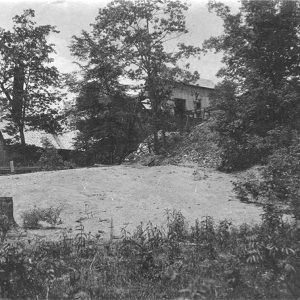 Davis Mine
Davis Mine
Entry Category: Counties, Cities, and Towns - Starting with D
 Davis Mine
Davis Mine
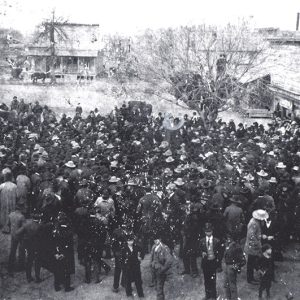 Jeff Davis Campaign
Jeff Davis Campaign
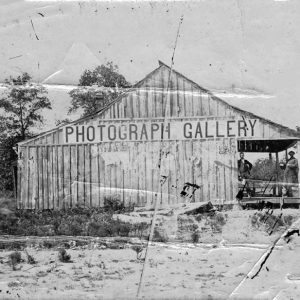 Dayton Bowers’s Photograph Gallery
Dayton Bowers’s Photograph Gallery
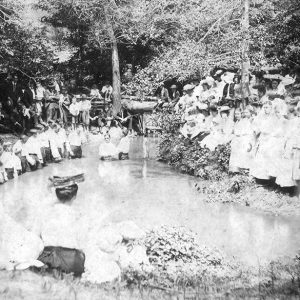 De Ann Baptism
De Ann Baptism
De Gray (Clark County)
 De Lamar Motor Company
De Lamar Motor Company
De Queen (Sevier County)
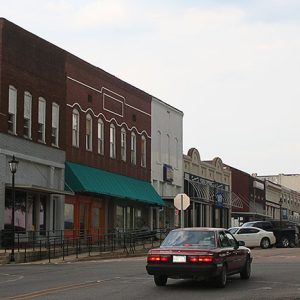 De Queen Commercial Historic District
De Queen Commercial Historic District
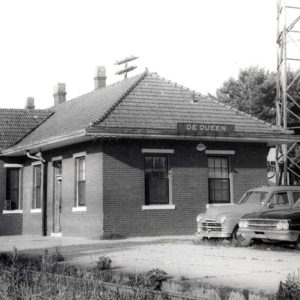 De Queen Depot
De Queen Depot
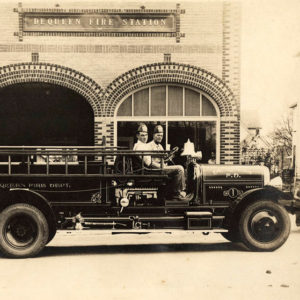 De Queen Fire Department
De Queen Fire Department
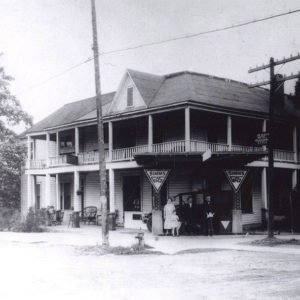 De Queen Hotel
De Queen Hotel
 De Queen School
De Queen School
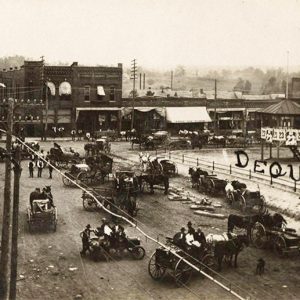 De Queen Street Scene
De Queen Street Scene
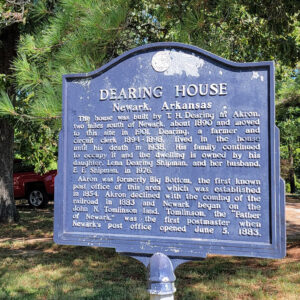 Dearing House Sign
Dearing House Sign
Decatur (Benton County)
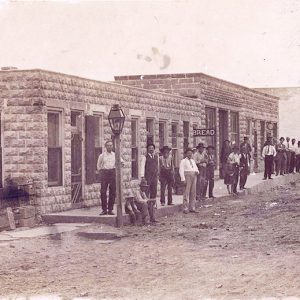 Decatur Street Scene
Decatur Street Scene
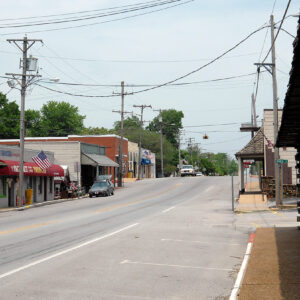 Decatur Street Scene
Decatur Street Scene
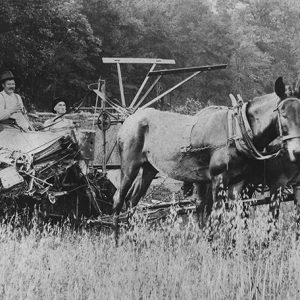 Deering Harvester
Deering Harvester
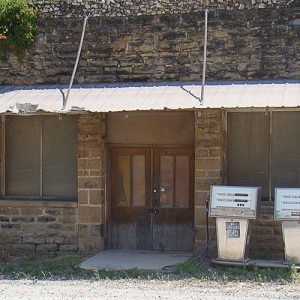 Defunct Business
Defunct Business
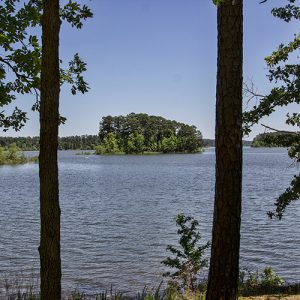 DeGray Lake
DeGray Lake
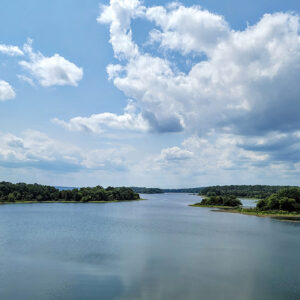 DeGray Lake
DeGray Lake
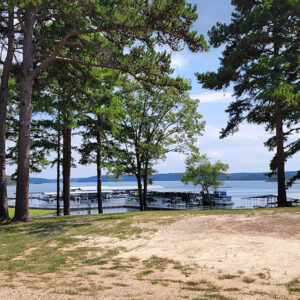 DeGray Lake Dock
DeGray Lake Dock
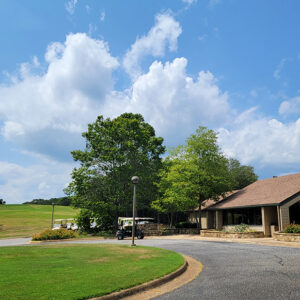 DeGray Lake Golf
DeGray Lake Golf
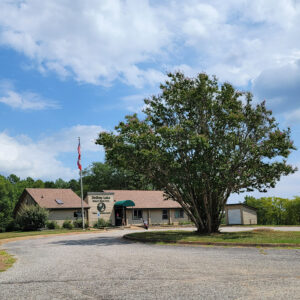 DeGray Lake Visitor Center
DeGray Lake Visitor Center
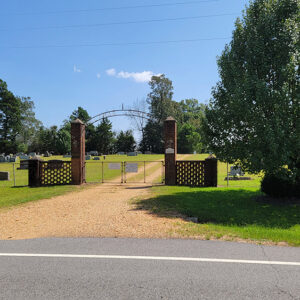 DeLamar Cemetery
DeLamar Cemetery
Delaplaine (Greene County)
Delight (Pike County)
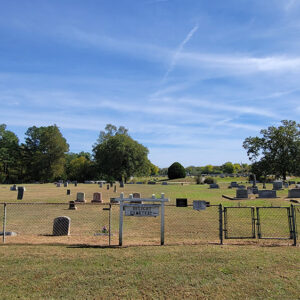 Delight Cemetery
Delight Cemetery
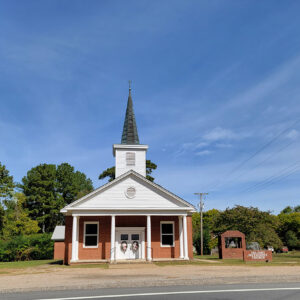 Delight Church
Delight Church
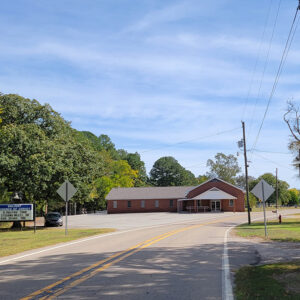 Delight Church
Delight Church
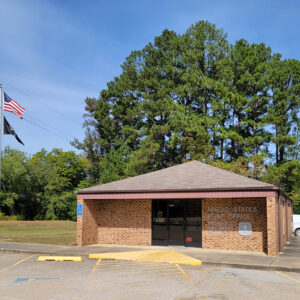 Delight Post Office
Delight Post Office
 Delight Street Scene
Delight Street Scene
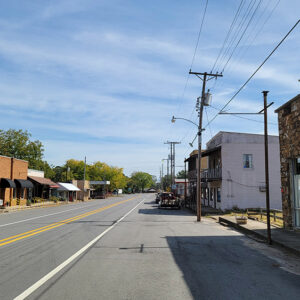 Delight Street Scene
Delight Street Scene
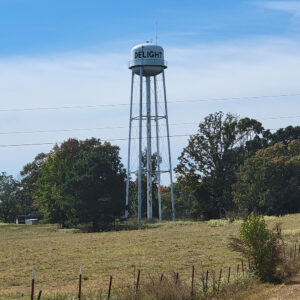 Delight Water Tower
Delight Water Tower
Dell (Mississippi County)
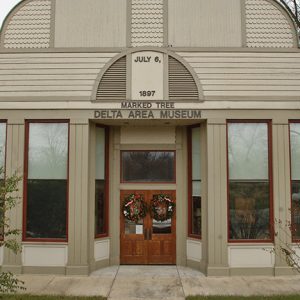 Delta Area Museum
Delta Area Museum
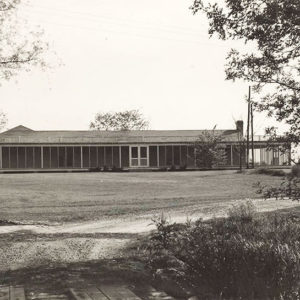 Delta Country Club
Delta Country Club
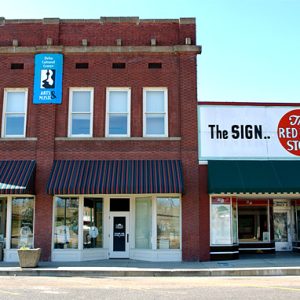 Delta Cultural Center
Delta Cultural Center
 Delta Regional Airport
Delta Regional Airport
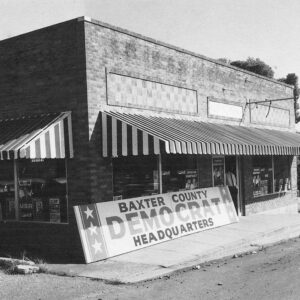 Democratic Headquarters in Mountain Home
Democratic Headquarters in Mountain Home
Denieville (Independence County)
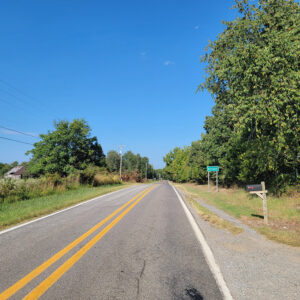 Entering Denmark
Entering Denmark
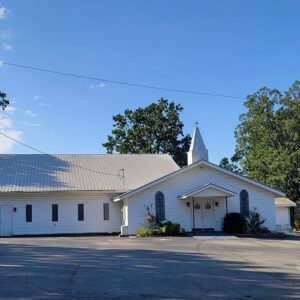 Denmark Church
Denmark Church
Denning (Franklin County)
 Denning Bank
Denning Bank
Dennison Heights (Independence County)
 Denso Plant
Denso Plant
 Denton
Denton




